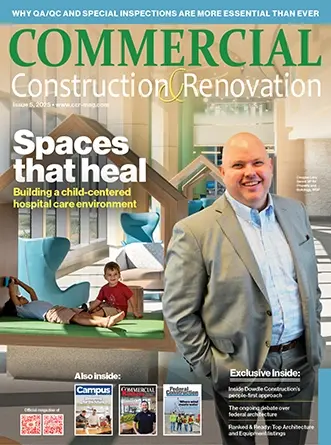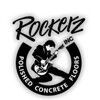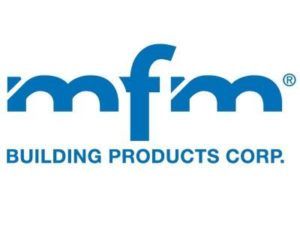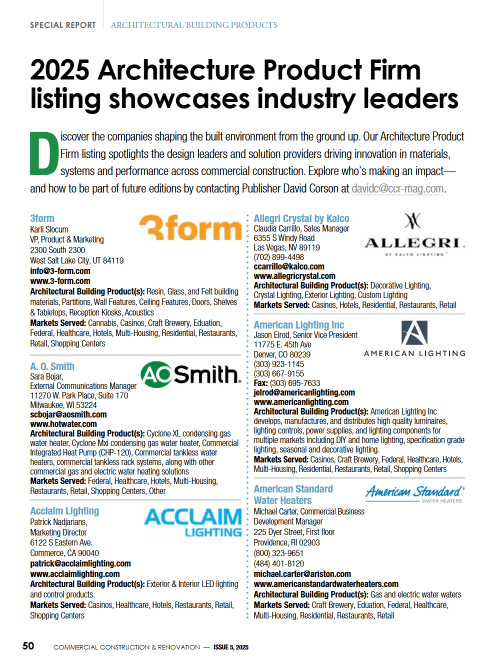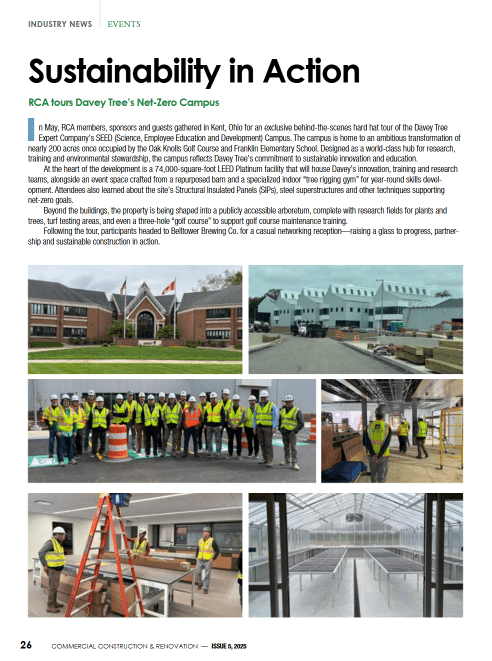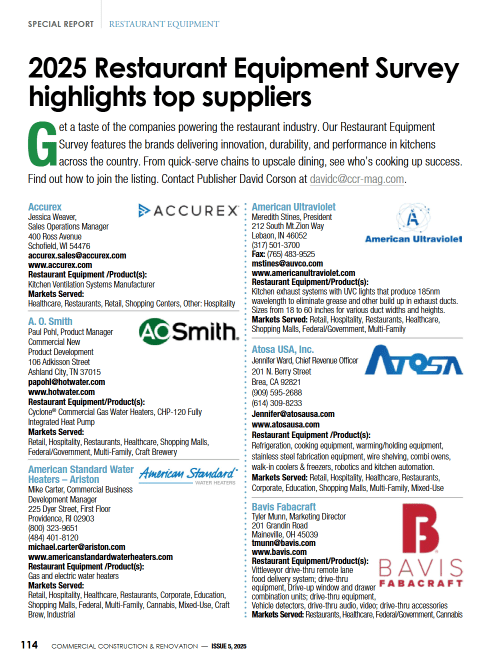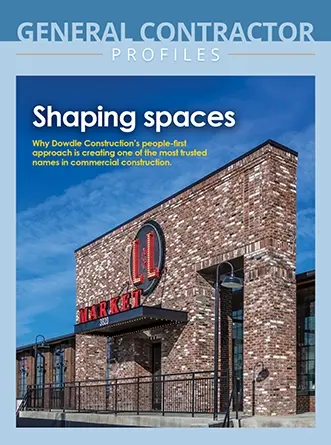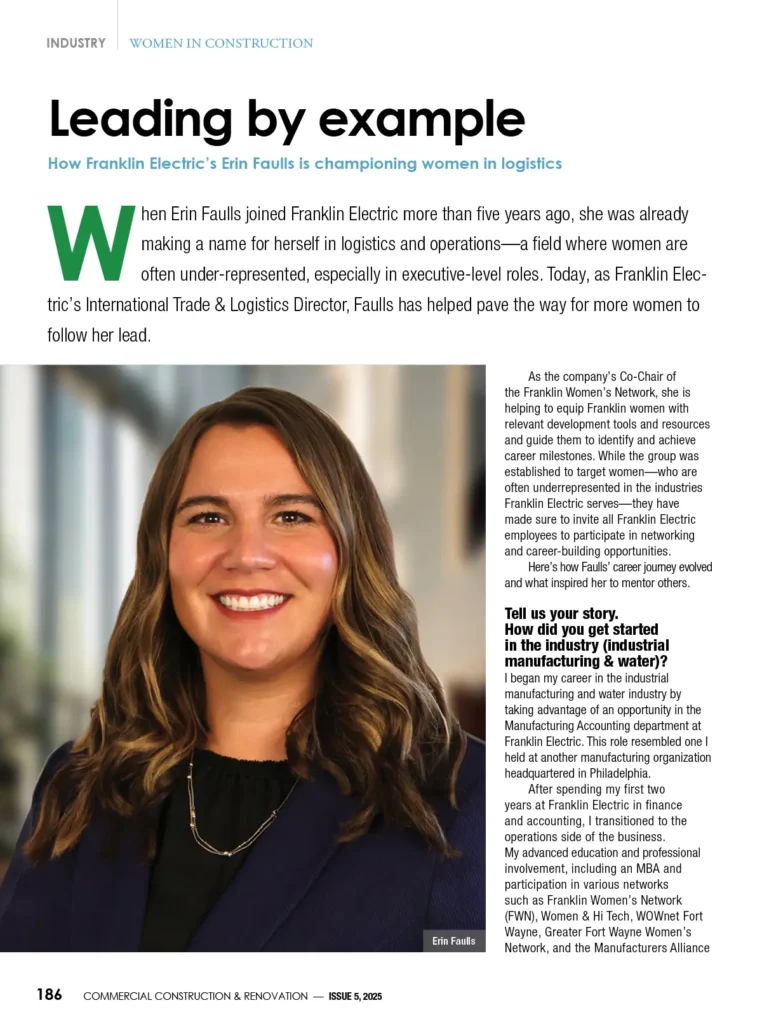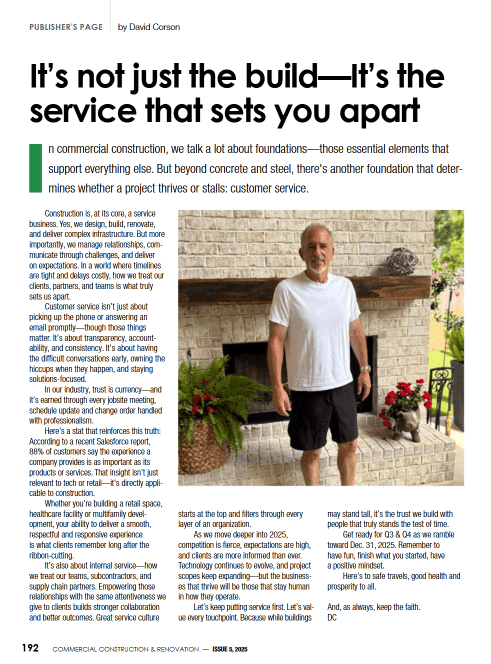
When you’re in the market for a new home, you have some different options available to you. One is to buy an existing property, and another is to build a custom new home.
Some people are intimidated by building a custom home. They worry about how long it will take, what it’s like to work with a builder, and whether it will be more expensive.
There are both upsides and downsides to building your custom forever home, but if you can go into the situation prepared and generally understand what to expect, it helps a lot.
The following are some of the steps and things to expect when it comes to building a house.
Considerations Before Building a House
Some general things that you should consider before you do anything else as far as building a custom home include:
- How will you finance it? If you have to get a construction loan, which is a short-term type of financing, know that the interest rates are going to be higher. If you only need a mortgage for an existing home, you’ll have more flexibility overall.
- New construction homes tend to be more expensive than older homes, so it can give you a skewed perception of prices. While the cost of building a new home may be initially more expensive, if you look at the price per square foot, you might find that it ends up being cheaper, and you get more bang for your buck.
- Will you need an architect? Some home builders have architects who are already on their team, but if not, you’ll need to include the architect’s fees in your plans.
- A big upside of new construction is that you’ll probably not need to budget much for repairs and upkeep in those initial years after its complete.
- Are you prepared to be involved financially and in terms of time and energy in the building process?
- What type of house do you want? A tract home is when builders choose certain similar floor plans with shared amenities. If you choose a tract home, you can get new construction, but you won’t get to do a lot of customization. A speculative or spec home is similar to a tract home but with more customization in the building process. A custom home is where you can choose your land, your floor plan, and your amenities. You have full control over all the details.
If you’ve gone over these factors and you’re ready to build, the following are steps you might expect during the process.
Preparing the Construction Site
First, a builder has to apply for the needed permits from the local government. The local government has to approve the design and provide permits for zoning and grading.
Grading means changing the contour of the land to accommodate the home.
They have to approve the septic systems, electrical work, plumbing, and construction. Only once permits are received can actual physical construction start.
At that point, the site prep and foundation work are usually done by the same crew, but not if the lot is heavily wooded.
The crew clears the site, and if they need to, they dig for the septic system.
A temporary foundation is put up, and footings are installed. Footings are the ground support system that keeps homes from sinking. After the concrete is poured for the footings, it has to cure, so there won’t be anything going on at the construction site during this time.
From there, waterproofing and plumbing can be installed, and then a city inspector visits to make sure the foundation components are installed properly.
Rough Framing
Next is the rough framing to complete the skeleton of the house, which includes the floors, walls, and roof system.
The sheathing is applied to the exterior walls, and they’re covered with a protective wrap. That prevents water from getting in but also allows vapor to escape.
Framing can take anywhere from a few weeks to two months, depending on a home’s size and design complexity.
Plumbing, Electrical, and HVAC
Next, there are a lot of components installed, like wires, pipes and sewer lines, and vents. At this time, the bathtub and shower units, HVAC vent pipes, and electrical wiring are also installed.
Once the home’s shell is complete, siding and roofing can be installed, and during this same time is when the plumbers and electricians can start running the pipes and wires through the walls, floors, and ceilings.
Insulation Installation
Insulation keeps the indoor temperature and climate of your home comfortable, and it improves your energy efficiency. Most homes are insulated in their exterior walls, their attic, and floors that are above crawl spaces or unfinished basements.
In new construction, blanket insulation is often used.
Adding insulation to an entire home can take a week to two weeks on average.
Drywall Installation
Once there’s insulation, drywall can be hung on the interior walls. The drywall is taped, so you can’t see seams between the boards, and then the drywall texturing is completed if needed.
Exterior finishes can be installed at this point too.
Interior Finishes
The next step in building the home is the installation of interior doors, casings and moldings, and decorative trim. Mantels and cabinets can be installed, and a final coat of paint is applied throughout.
Hard Surfaces
Flooring surfaces and countertops are installed, and exterior grading is completed.
The mechanical trims and bathroom fixtures can be installed after this, and there might be a few weeks needed for any finishing touches.
Inspection and Final Walk-Through
Finally, a building code official will complete a final inspection and then issue a certificate of occupancy. If the inspector finds issues, they might schedule a follow-up inspection to make sure they’ve been remedied.
At that point, you can do a final walk-through with your builder to go over the features of your new home and how certain systems work. This is a time to see if anything needs to be fixed or adjusted so you can let the builder know.

